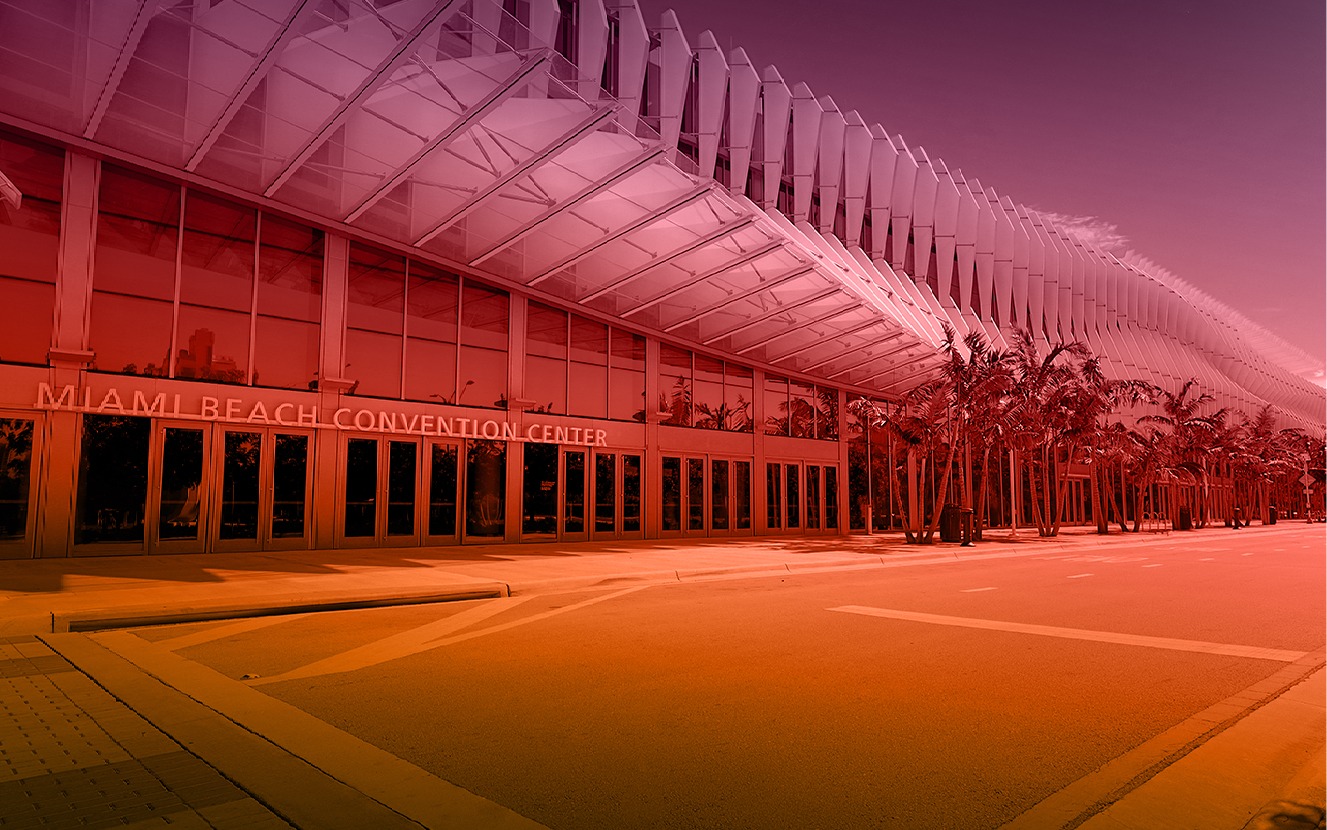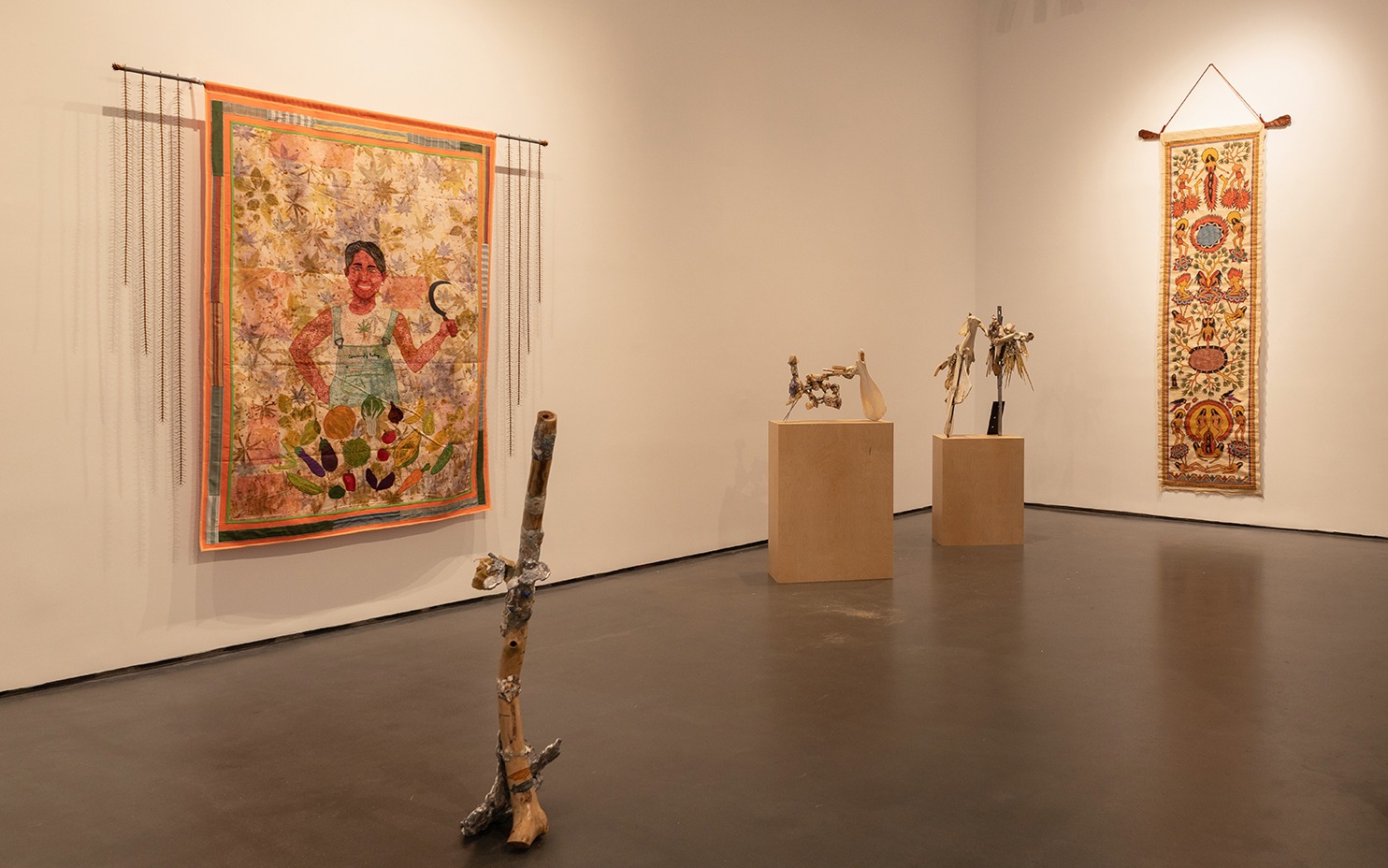
Geraldine Javier
Bio
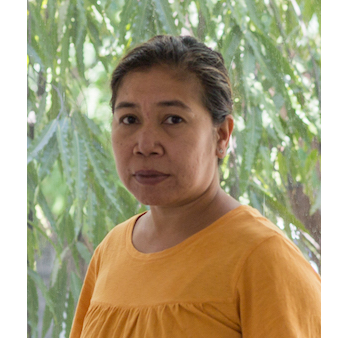
Geraldine Javier (b. 1970 in Makati City, Philippines; lives and works in Batangas, Philippines) is one of the Philippines’ most important and collected contemporary artists. With a Nursing degree from the University of the Philippines that included a top rank in the licensure exams, she took a second university degree in Fine Arts, and pursued an art practice. Since 1995, she has held more than 30 solo exhibitions in the Philippines, Malaysia, South Korea, Singapore, Germany, and China. From 1999 to 2003 she was a member of the Surrounded By Water collective. Much of her early work was in collage form, but it was with paintings that she established her reputation as an inventive artist. These were characterized by either melancholy or wit: death and childhood were frequent subject matters. By 2008, she was making fabric works with the paintings and combining them in installations; exhibitions were a mixture of paintings, installations and objects. Paintings would often have collaged elements, notably preserved beetles and butterflies. In 2013, she moved south from Manila to the countryside in the district of Batangas. Her work increasingly dealt with our relationship with nature. Current projects often involve the participation of the women in the community where she lives. In 2019 she exhibited at the Havana Biennial. Around this time, she began exploring two new forms of painting: palimpsestic and encaustic (with use of blowtorch).
Selected Works
Selected Works

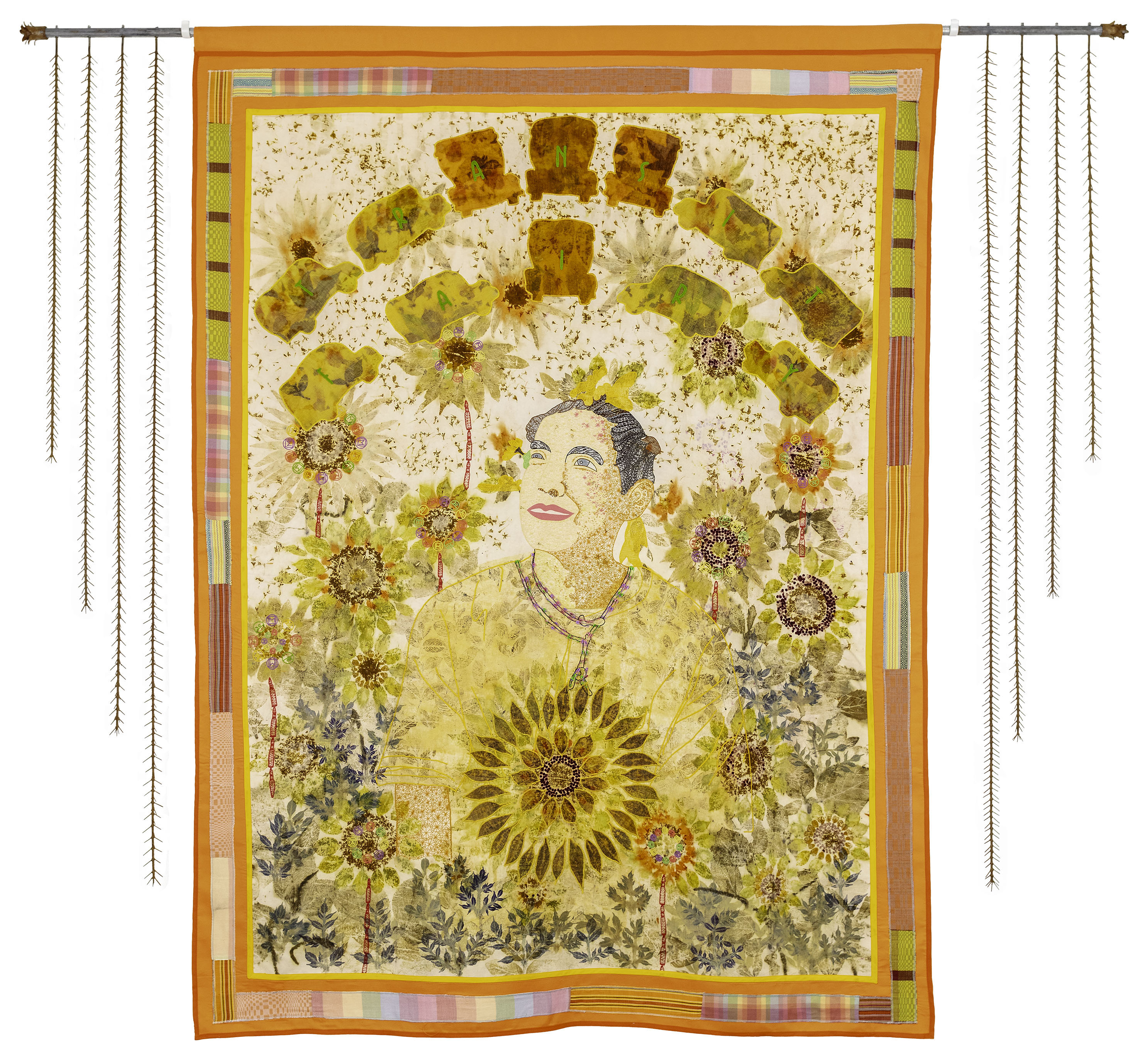
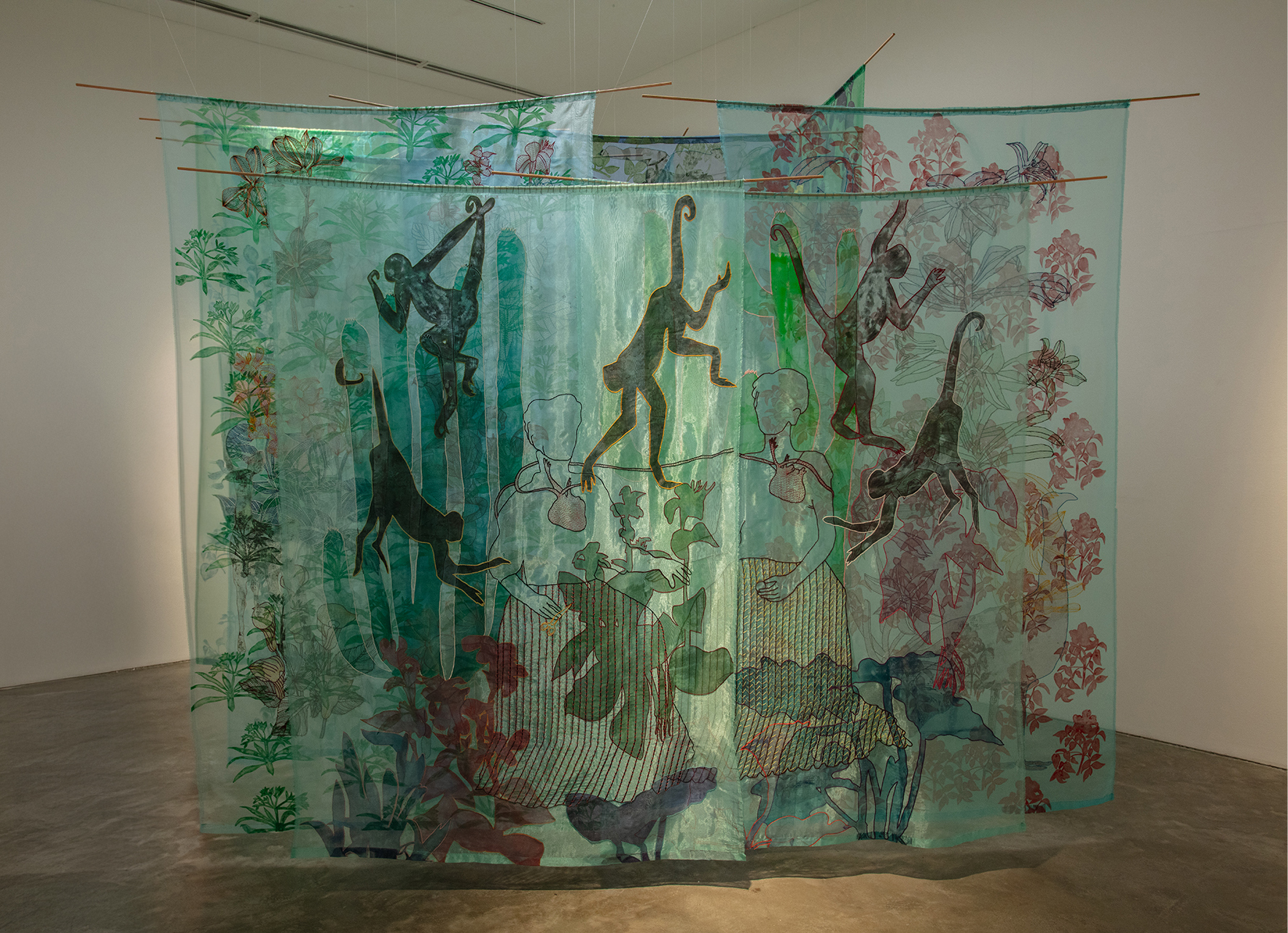
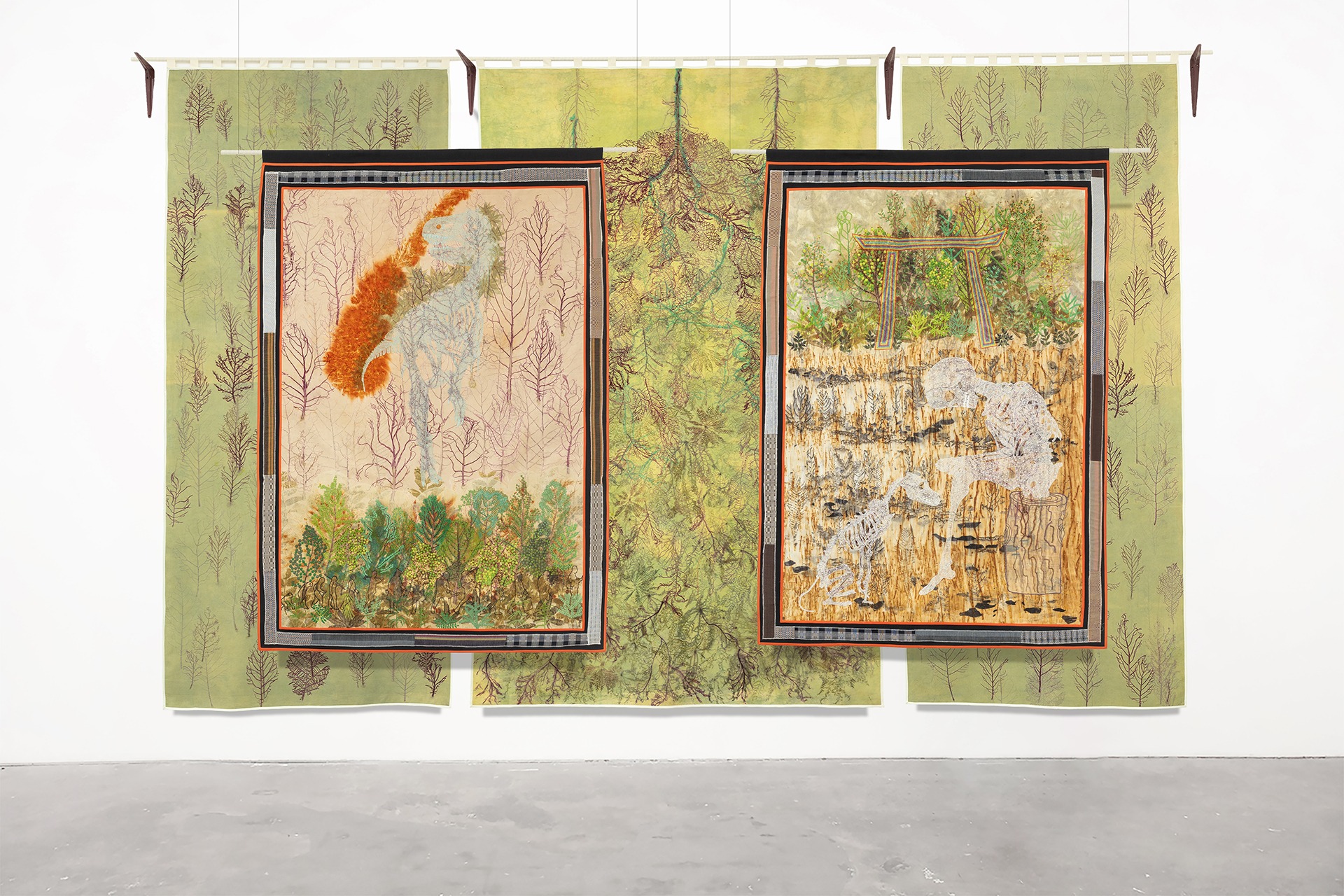


SPI_GJ033




